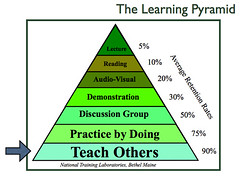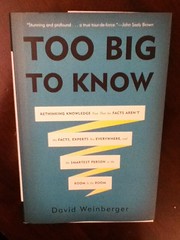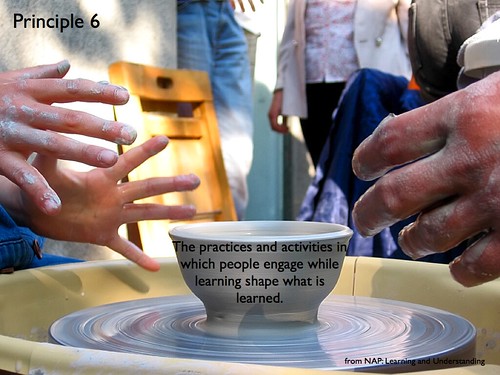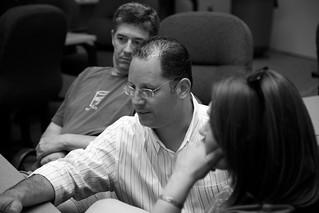Maybe this is just a personal pet peeve of mine but there's a difference between Digital Ethics (ethical and responsible use and behaviour) and Digital Citizenship. The later is really about doing the things a good citizen does: participate in the governance of the community to which you belong, make a meaningful contribution to the global knowledge commons, leave things a little better than how you found them. i.e. participate in the community in ways that improve it.
It seems to me people often confuse ethics with citizenship. Both are important, they may even overlap in some places, but they're not the same thing.
cc licensed ( BY NC SA ) flickr photo shared by mars_discovery_district

- 8/16/2012 11:31:00 pm
- 3 Comments















